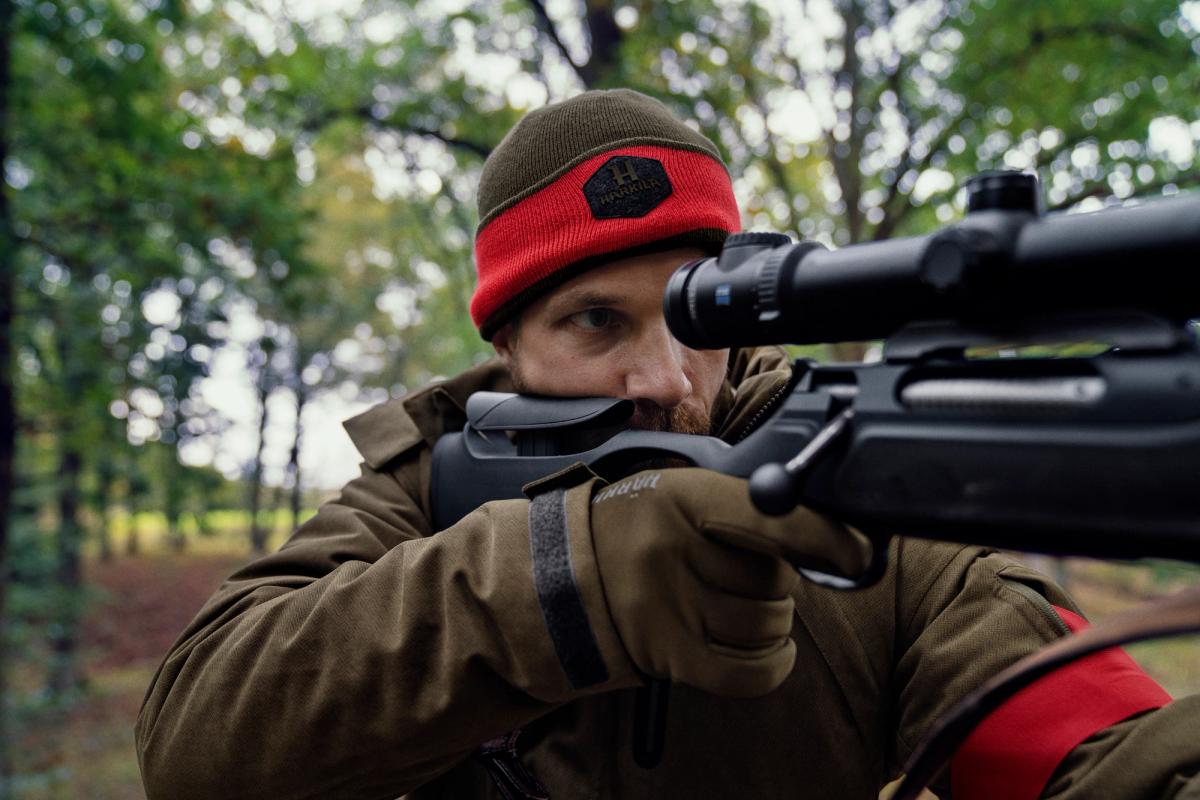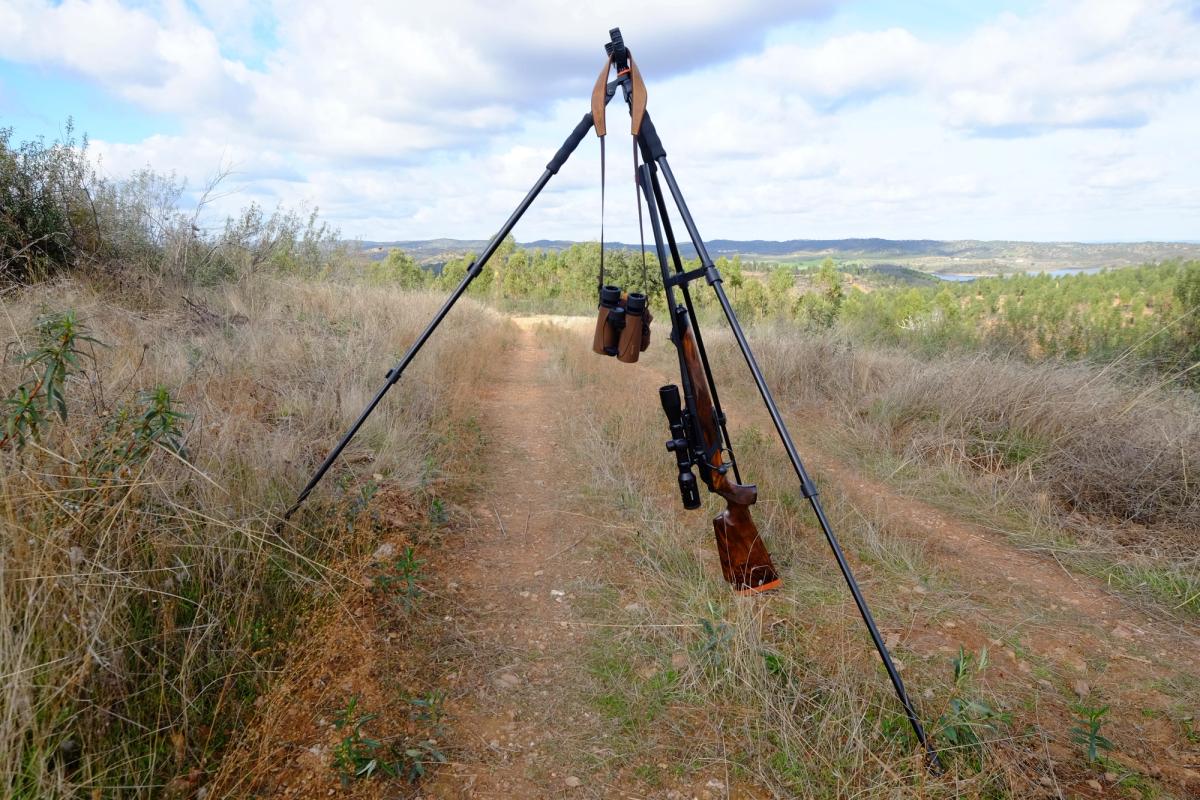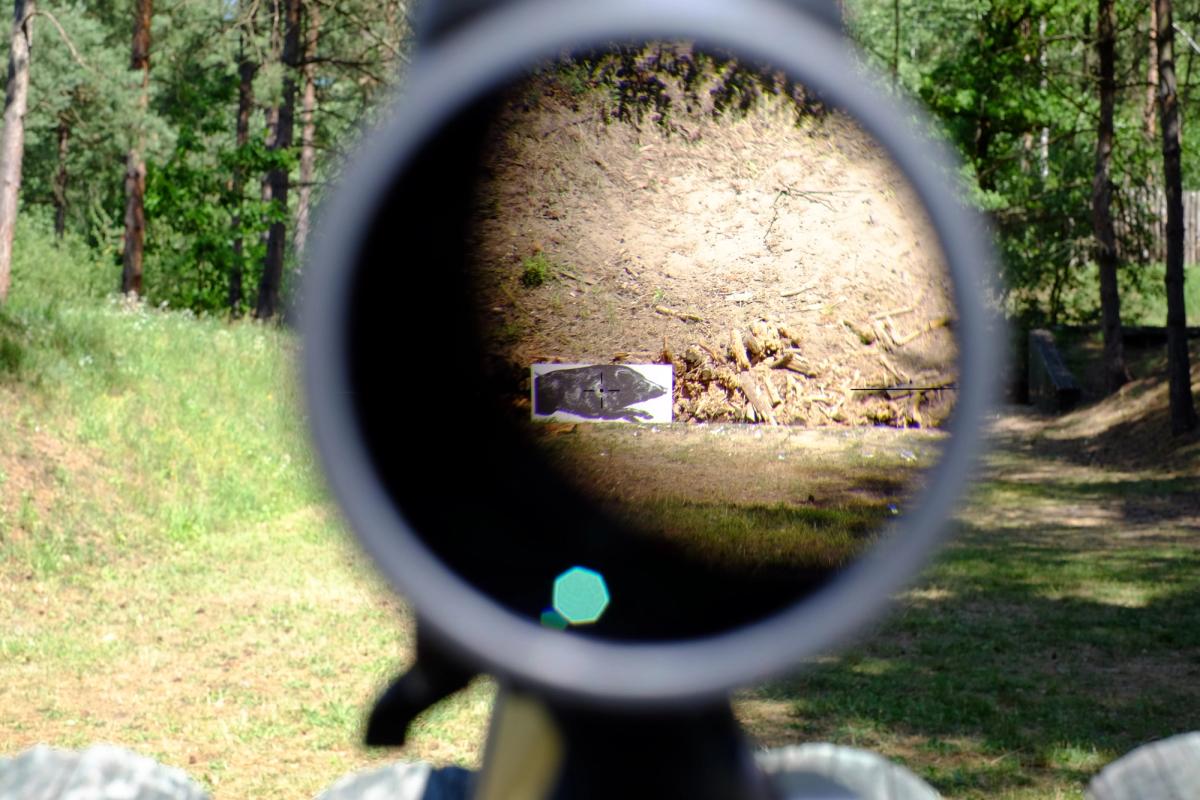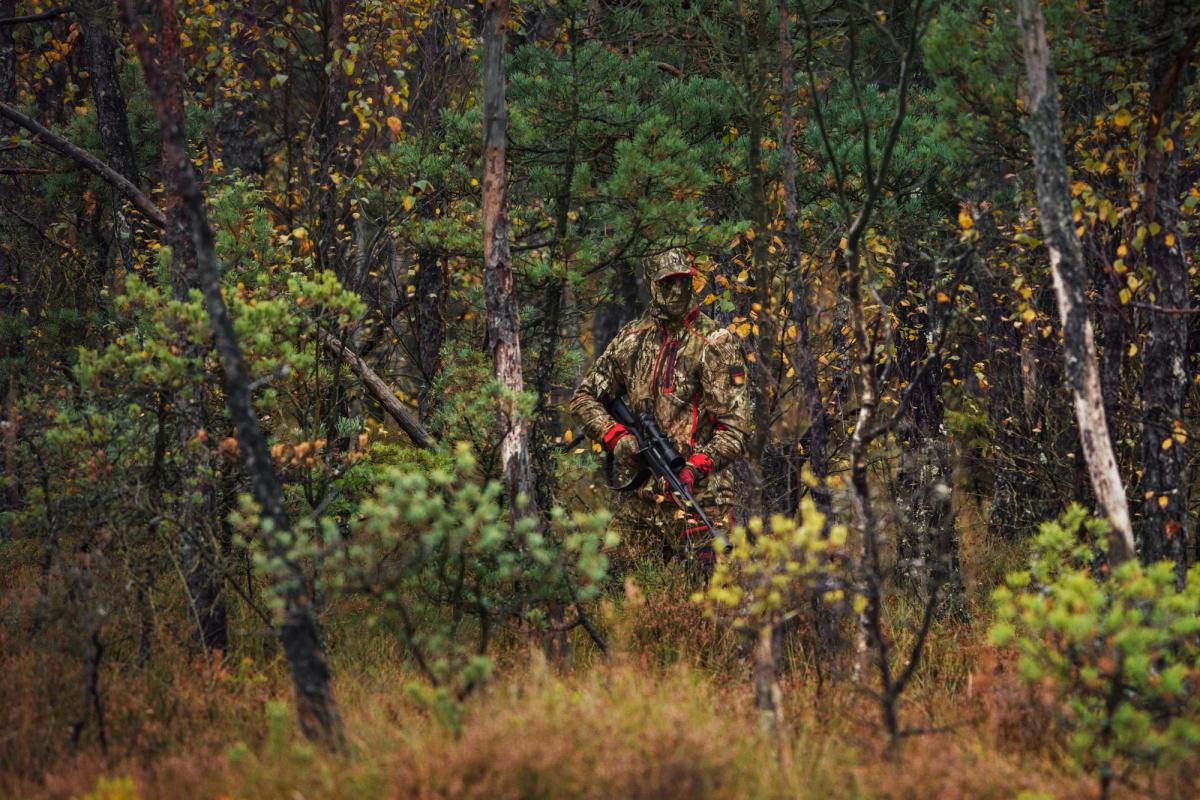Driven Hunt
Don't miss on a driven hunt
There can be lots of reasons why you miss your mark on your driven hunts. But luckily, there are also many ways that you can improve your shooting. Here are some of the best tips you can get.
There is a proverb in Poland saying that although a man shoots, it is God who carries the bullets. Sounds nice, but it is naive to think that the effects of squeezing the trigger depend on fate. Surely even the best shooters miss occasionally, but it is easy to notice, that the “King of the hunt” title is usually given to someone from a rather small group of people, season after season.
It seems that we often do not even realize how many conditions must be met for a projectile to reach its target - it is much easier to look for the reasons that made it miss it.
"Giving it a try" on a living animal is not ethical. You must practice different scenarios and only shoot if you are sure of the outcome.
//The Shooter//
It is amazing how easily we can blame the failure on our equipment. That the weapon is too light / too heavy, the ammunition is too fast / too slow, the bullet is too hard / too soft, the dot in the sight is too bright / too dark, etc.
It is always the gear, the stand, the weather, the bad luck, God even. What you have to remember is that it is almost always yourself as a shooter who is responsible for the miss.
//Have you been practicing?//
As any physical activity that requires precision and a good timing, being able to operate a rifle smoothly requires training. This is not much different to mastering a musical instrument – muscle memory is key. You will not get it overnight. When you add the component of excitement or stage-fright you will most likely miss a note or a boar. You need to practice a good swing, squeezing the trigger and reloading.

//The right lead//
It sounds obvious, but to hit a moving target, you cannot aim directly at the impact point. Some people forget that, and the bullet hits too far from back, injuring the beast. Some people exaggerate the lead so much that the bullet passes the animal in front (especially when they want to put the wild boar in a spectacular way, aiming for the head or neck).
Shooting a rifle at a moving target should in many cases be like shooting a shotgun: find the target, catch up with its speed, and while you overtake it, press the trigger. It is very important to maintain the steady barrel movement (no jerks or stops). Instead of trying to memorize charts of speeds, leads, and distances, work on a smooth swing and the right instincts. At the shooting range, and between seasons.
//Fear of the recoil//
Getting to know your weapon well cannot be reduced to servicing operations. Knowing how it behaves during the shot is no less important. Some people are so afraid of recoil that they close their eyes and tighten their bodies. This almost always results in hitting too low (sometimes a few meters below the target).
The best way to get over the fear is a smart training at the shooting range: let the real shot fall once in a few dry shots. Let a friend load the gun so you don't know if the cartridge is actually in the chamber or not.
Quickly you will see how silly the bad reflexes are and the occasional shot, that catches you by surprise is not as unpleasant as you thought (this is how I dealt with this problem many years ago). And once you are no longer afraid to shoot, shoot as much as possible.
There is a great book by Pierre van der Walt, the South African author and PH, titled ‘African Dangerous Game Cartridges’. It is a brilliant lecture, but I would like to point out the chapter devoted to the topic of recoil – it is a very unique and interesting read.

//There is no trying in hunting//
Some hunters not only overestimate their abilities, but they do not really know their limitations. They are trying to do things they have never done before. But "giving it a try" on a living animal is not ethical. You must practice different scenarios and only shoot if you are sure of the outcome. This applies to all difficulties - distance, speed, space.

//The rig (gun, optics, ammo)//
Samuel Colt reportedly once stated that a firearm is a device for carrying the will over a distance. This thought clearly indicates the transparency of the tool itself. As a shooter you must focus on the target, its movement, and not on the trigger, safety, bolt operation, image magnification, aligning the front sight and rear sight etc. All activities related to aiming, swinging, pulling the trigger, and reloading must happen almost without your attention. That said – if the rig is not set up correctly it might work against you.

//Gun not zeroed//
Here on Härkila Universe you can find the article ‘Prepare for the driven hunt season’ that goes into details on how you best prepare yourself for the season. You can find a link to it at the bottom of this article. So, there is no need to repeat the same advice. Except maybe for one: keep your gun sighted in. Many factors can cause the hit point to shift:
- Changing the ammo. This applies to the mass, type of bullet, cartridge manufacturer (also if they use the same bullets) and even changing the series from which the ammunition comes from. Things got even trickier now when many manufacturers introduced their well know cartridges in short barrel or silencer variants.
- Changes in atmospheric pressure and temperature may or may not affect the accuracy of your weapon. There are no clear-cut rules - apart from one: you need to know and check your guns when weather conditions change.
- Mounting or removing muzzle devices such as brakes and silencers.
//Small field of view//
Riflescopes with a big zoom are becoming more and more popular. 20 years ago, a 4x zoom was the standard, but now you can have twice or three times that much. Large magnification is very useful for precision shooting, which is not something related to driven hunts. We do not shoot at long distances, the target is relatively large and there are no extra points for hitting the bullseye.
Having a wide field of view is something much more valuable than magnification – both for safety reasons and for your shooting comfort. From my experience it is much easier to fire a good shot comfortably without magnification, being able to use both eyes and see possible obstacles or suitable gaps while swinging the gun.

//A very light trigger//
A trigger can be too light (yes – it is not the heavy one that produces most of the trouble, especially if the shooter is familiar with it). Many modern rifles offer match quality (and match action) triggers. They are excellent for precision shooting, but for shooting offhand in dynamic situation they create a high risk of an uncontrolled shot, which may not only be missed, but could also be dangerous.

//The circumstances//
In certain situations, the shot will be inaccurate, even if you think that your aim was spot on. It happens when you forget to consider the external conditions. The topography, distance, wind, or game movement all matter.
//Obstacles//
Shooting through bushes / grass / thickets is a bad idea. Hunters often ask which bullet is the best for shooting through obstacles. The answer is simple: NONE. A bullet hitting a twig will almost always change direction, even if it does not deform.
Regular hunters often do not see the results of ricochets, but if you ask a blood tracker, he will tell you some stories. I have seen many cases of injuries that sound impossible, but were true. And the more I see the more I am convinced not to shoot through bushes.

//Herds//
It is not easy to shoot at a speeding beast, not to mention the case when there are plenty of animals and they all move together. They huddle together for a reason. It is more difficult to choose one from a large group and focus on it. The thing is that is exactly what we must do. Shooting without selection and concentration will always end up badly.
//Hunting company//
How you hunt greatly depends on who you hunt with. Sometimes the hunting leader will hold you accountable for each shot. You will have to answer for the bad ones. Unfortunately, what happens is often quite the opposite – you will be encouraged to shoot as much as you can, you will have to explain the shots you did not take and the misses will be treated as something funny, harmless, and even praised with an amusing reward and a “King of the poor shooters” title. This does not create an atmosphere of responsibility and does not help to encourage improvement in shooting skills.
Finally…
Unfortunately, it is often the case that the shots considered to be misses are actually ones that injured game. When going for a running target, as opposed to shooting at a stationary one, you must be even more focused and watch for the reaction to the shot.
Remember exactly where the game was and which way it ran away. Unlike in the hunting movies often it will not drop in a spectacular fashion. Some will go far and start to bleed after a certain distance. You must be careful not to succumb to the fever and be aware of the effects of each shot. Be able to hold back so that the situation does not get out of hand. It is a nightmare for a blood tracker to have to untangle several wounded tracks in one place.

// Written in coporation with Lukasz Dzierzanowski, who is an author, hunter, blood tracker and gun enthusiast from Poland. When not hunting, he teaches Computer Engineering at a technical university in his hometown of Opole. //